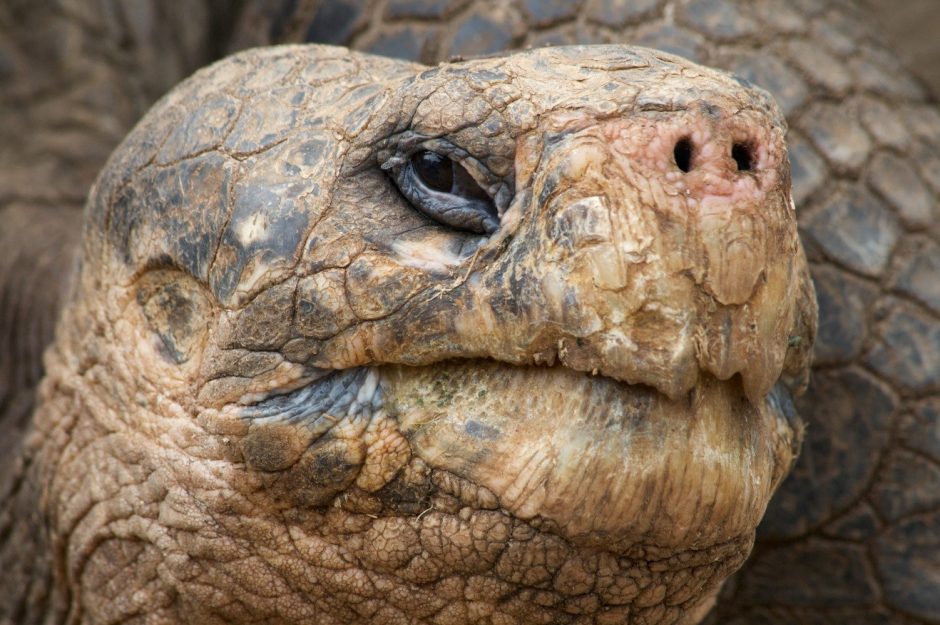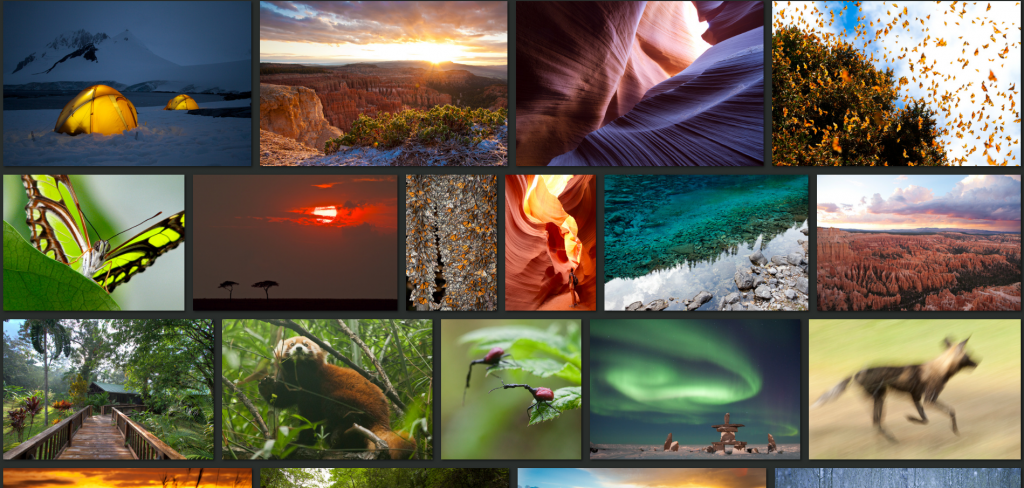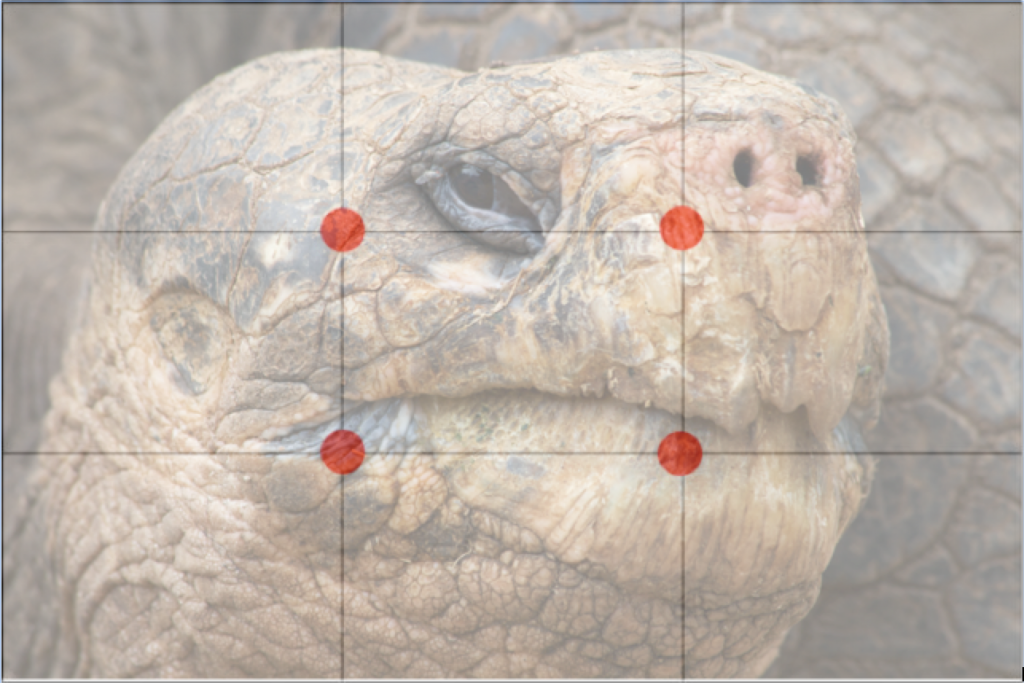
How to take a “Big” photo of a Giant Tortoise in the Galapagos Islands
When photographing in the Galapagos Islands, you’ll no doubt be enamored when you see your first (or first dozen) Galapagos tortoises. There are many ways to photograph them, but one way I find alluring is to make it a “big” photo.
When I say big, I don’t mean printing it on massive paper or putting it into a gigantic frame. Instead, I mean make it big in terms of its impression. What I often say is that when a photo stops you in your tracks in small format (think, in the back of your camera, or as a thumbnail on your computer), it’s going to make an even greater impression when it’s in a larger format (e.g., computer background, canvas print on a wall, gallery on a webpage).
Take a look at my personal gallery here, and you’ll notice that most of my photos are “big” photos, in that they are impressionable even at small size.

Here are some steps I generally take when capturing a “big” photo like the one above:
- Get the right camera lens on, or be sure that your camera can zoom in around 10x zoom. While you can get reasonably close to wildlife in the Galapagos, you still need to remain at a respectful distance. Thus, to get this close, you’ll need a camera with zoom, or a telephoto lens in and around 300mm.
- Consider your aperture and depth of field. When “filling the frame”, as this technique is often called, you need to think about depth of field, as depth is all relative. If you are to fill the frame with a tortoises face, and want it all in focus, you’ll need to have a rather wide depth of field (something around f/8, f/11, or even higher). To accomplish this, you can set your camera on “landscape mode”, or dial in a custom aperture (my personal preference). Then, if you find that the camera won’t shoot because there’s not enough light, manually dial in the ISO higher…something around ISO800 or ISO1600 should do the trick, since you’re also likely to be in open daylight.
- Think about composition. Just because the tortoise’s face is ultra impressionable doesn’t mean that you shouldn’t adhere to the traditional rules of composition. Remember “rule of thirds” and compose your shot for maximum impression.

- Focus on the eye. You have to focus somewhere, so be sure to zero in on the eye, otherwise the photo will look out of focus in all the wrong places. The eye is where people look first, so it needs to be in the best focus, even if that means the nose or mouth is slightly out of focus.
- Fire away! Take several or several dozen shots. This is no doubt an extremely captivating experience, being face to face with a Galapagos Tortoise, so be sure to take a number of shots. That way, you’ll be certain to get one that you’ll cherish forever.
This technique applies to a lot of other wildlife, so practice it and perfect it!
Go forward and give it a shot,
Court
Leave a reply